Steinberg releases Dorico 4: Supercharged Music Notation

Av Studio.se
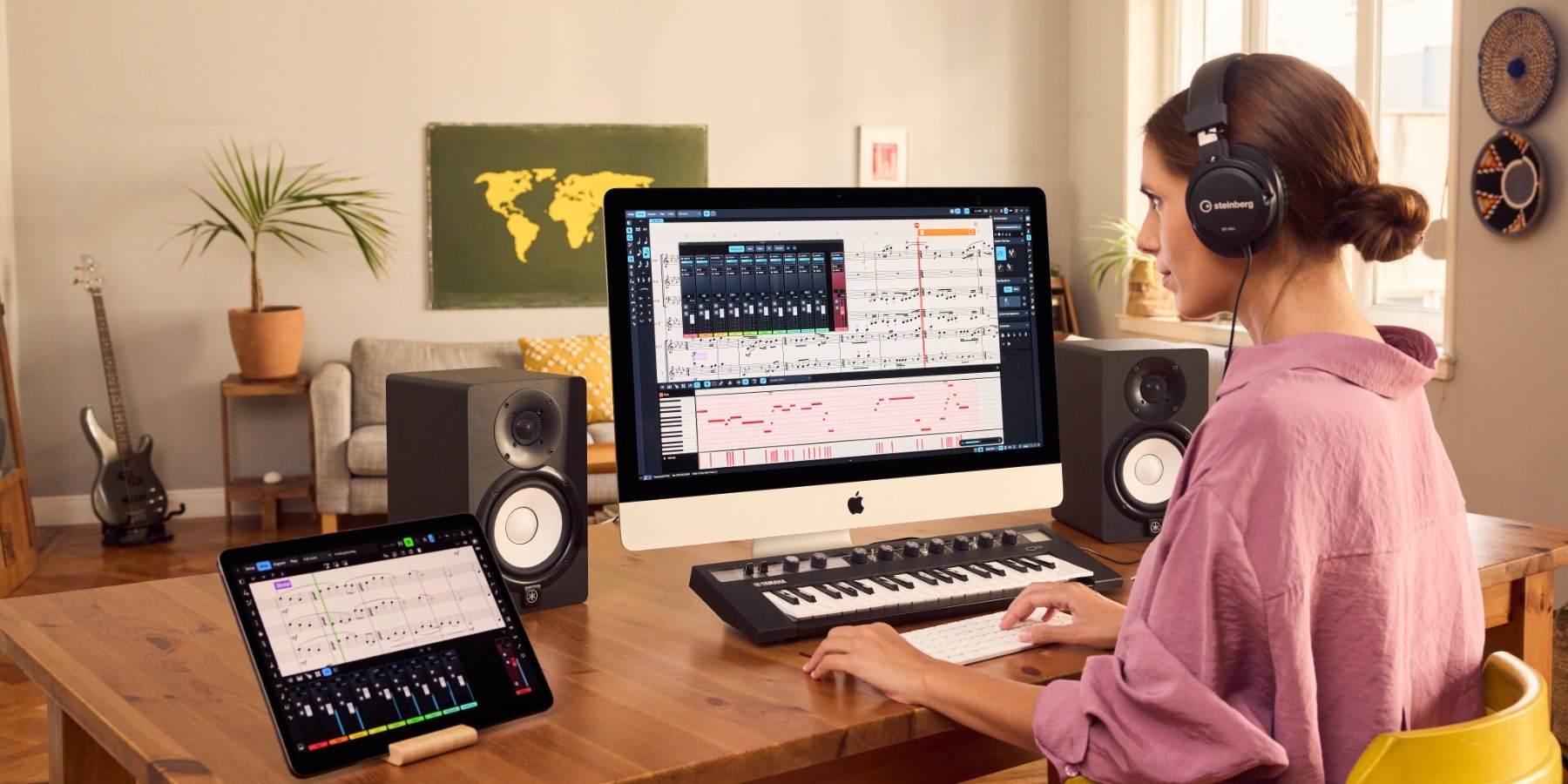
Steinberg today announced the immediate availability of major new updates to its Dorico family of music notation and composition software. Every member of the family, from the free Dorico for iPad and Dorico SE, through the mid-range Dorico Elements, to the flagship Dorico Pro, is refreshed with powerful new workflows. With Dorico 4, it’s quicker and easier than ever to go from inspiration to finished product.
Key Editor in Write mode
With the introduction of a dedicated Key Editor in the lower zone in Write mode, it’s now easier than ever to shape the MIDI performance of music notation. The view is automatically kept in sync, so users will never get lost. Editing continuous controllers, dynamics and velocities in line with the music notation has never been easier, and producing mock-ups and rehearsal tracks is now even quicker with Dorico 4.
Smart MIDI import
Bringing MIDI data into music notation software from a large orchestral template in a DAW can take hours, meticulously copying and pasting music from one staff to another, deciphering track names to work out what instrument and playing technique they might represent. Dorico 4 changes all this at a stroke, introducing a powerful new MIDI import workflow that intelligently interprets incoming tracks, and remembers the user’s choices for future imports.
Polyphonic MIDI transcription
Whether using the new smart MIDI import workflow or recording music in real time from a MIDI keyboard, Dorico 4 now automatically separates the music played into separate voices, producing a much cleaner transcription than ever before. With melodies, bass lines and inner textures automatically captured, completion is only a few steps away as soon as recording is over.
Insert mode scope
Insert mode is one of Dorico’s unique superpowers, allowing users to easily change rhythms, insert or remove music from the middle of a flow, while retaining all subsequent music. Dorico 4 takes Insert mode to the next level, introducing an editable stop position, so that a point is specified in the flow beyond which any changes that ripple forwards from an earlier edit in Insert mode should stop. The scope of Insert mode operations can now be changed, editing only the current voice, or all voices on the current instrument, or all instruments in the flow. And while adding material to all instruments, choose between pushing music forwards into following bars, or enlarging the current bar, making it easier than ever to create cadenzas or free rhythm sections.
Melodic and rhythmic transformations
Common melodic and rhythmic transformations such as rotation, inversion and reversal are now all just one click away — and unlike plug-ins or add-ons in other music notation software, these tools are deeply integrated, and work not only on notes themselves, but on all other notations, including slurs, dynamics, playing techniques, and so on. Users can transform music from one scale to another or perform complex pitch mapping in just a few clicks.
On-screen keyboard, fretboard and drum pads
The lower zone in Write mode not only houses the Properties panel, the new Key Editor, and the Mixer, but also three new on-screen instruments to make note input quicker than ever — and all of them are touch-enabled for Windows devices with touch screens, like the Microsoft Surface. Click or tap notes into the score from the piano, input guitar tab directly by touching the string and fret on the fretboard or see all of the percussion instruments at a glance with the drum pads.
Revamped Play mode and Mixer
Play mode has been restructured to make it more streamlined. With the Key Editor now accessible in the lower zone, the track overview has been simplified, with the introduction of a new track inspector on the left providing quick access to routing, channel settings, and more. The Mixer in Dorico 4 has been rebuilt from the ground up and is now more beautiful and more responsive than ever. Choose between showing the essential controls in the lower zone or showing the Mixer as a separate window for full control over channel EQ, insert effects, and more.
Native Apple silicon support
Dorico 4 is the first professional-grade music notation and composition application to run natively on Apple’s new M1-powered Macs. Some editing operations are as much as twice as fast on Apple silicon than on in Intel-powered Macs, and with the improved energy efficiency of the new system architecture, users will be making music for more hours on their MacBook Air or MacBook Pro between charges.
Flexible new license management
Dorico 4 uses Steinberg’s new identity-based license management system: simply sign in with a Steinberg ID to get up and running in moments. Run Dorico 4 on three computers with a single-user license by signing in on each machine — no need for the USB-eLicenser.
![]()
Even more new features – other new features and capabilities in Dorico 4 include:
The new Library Manager in Dorico 4 provides a way to see the differences between the options and styles in two projects at a glance, and selectively apply changes from one to the other.
The new Jump Bar allows for quick access to all of Dorico’s commands from the computer keyboard, and to navigate anywhere in the project in just a few keystrokes.
Instrument filters in galley view allows users to see a subset of the instruments in their layout in order to focus on just some of the instruments in the ensemble while composing and arranging.
SuperVision is a fully customizable, multi-meter audio analyzer plug-in, now included with Dorico 4, for creating a supremely accurate visual picture of one’s sound.
Dorico 4 allows to define a full or partial capo for a fretted instrument, and can produce transposed notation, chord symbols and chord diagrams accordingly.
When adding players and instruments to the project, Dorico will now automatically order them, so that the instruments will be just how the conductor will expect when perusing the score.
Define project templates and ensembles to start every new project with a preferred house style.
Product Marketing Manager Daniel Spreadbury said, “It is our goal to make Dorico the ultimate tool for working with music notation, and with the streamlined new workflows in Dorico 4 we are several steps closer to that goal. Whether you are using Dorico on your Mac, your Windows PC, or your iPad, you will enjoy the same great experience, the same beautifully designed look and feel, and you will find every tool you need right at your fingertips.”
Read more here for information about Dorico, or to download the free 30-day trial version
Availability and pricing
Dorico is available from local resellers and through the Steinberg Online Shop. The suggested retail price for Dorico Pro 4 is €579 or $579.99. Students and teachers can purchase Dorico Pro 4 at the discounted suggested retail price of €359 or $359.99. Users of Finale and Sibelius can buy a Dorico Pro 4 crossgrade at the special suggested retail price of €299 or $299.99, and a further educational discount is available for students and teachers, allowing them to buy Dorico Pro 4 for just €179 and $179.99.
Dorico SE 4 is available for free and can be downloaded from the Steinberg website starting from today.
Dorico for iPad is available to download now for free from the App Store. Additional functionality can be unlocked by purchasing an in-app subscription for €3.99 or $3.99 per month or €39.99 or $39.99 per year.
All mentioned euro prices include German VAT.
Various downloadable updates and upgrades, crossgrades, and education versions are exclusively available through the Steinberg Online Shop and the Steinberg website. Customers who have activated Dorico 3.5 editions and earlier versions on or after August 25, 2021, are eligible for a free, downloadable Grace Period update to the latest respective version.
Highlights
- Best automatic engraving of any software
- Easy note input using on-screen instruments, MIDI keyboard, or external keyboard
- Intelligently adjusts notation as you write
- Any number of movements or pieces in a single project
- Automatic layout of instrumental parts
- Expressive playback using included sounds and effects
- Supports VST 3 (Mac, Windows) and Audio Unit (iPad) virtual instruments and effects processors
- Revamped Key Editor, with piano roll, velocity and continuous controller editors
- Sophisticated chord symbols, unpitched percussion and drum set notation
- Unbarred music, tuplets across barlines, etc. all handled correctly — no workarounds
- Projects are fully compatible between Mac, Windows, and iPad
- Transfer to and from other apps via MusicXML, MIDI, PDF, etc.


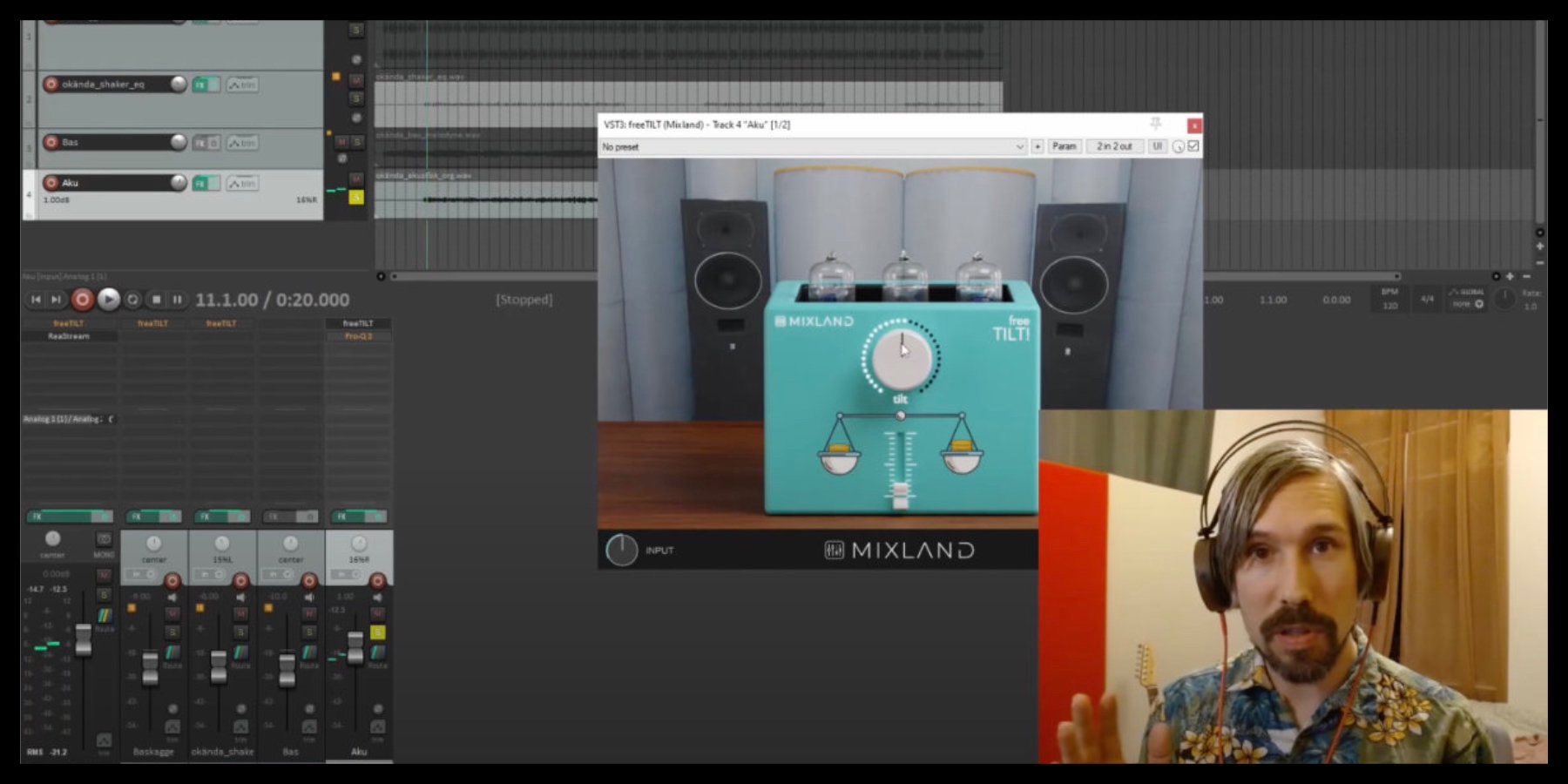



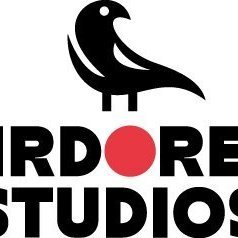


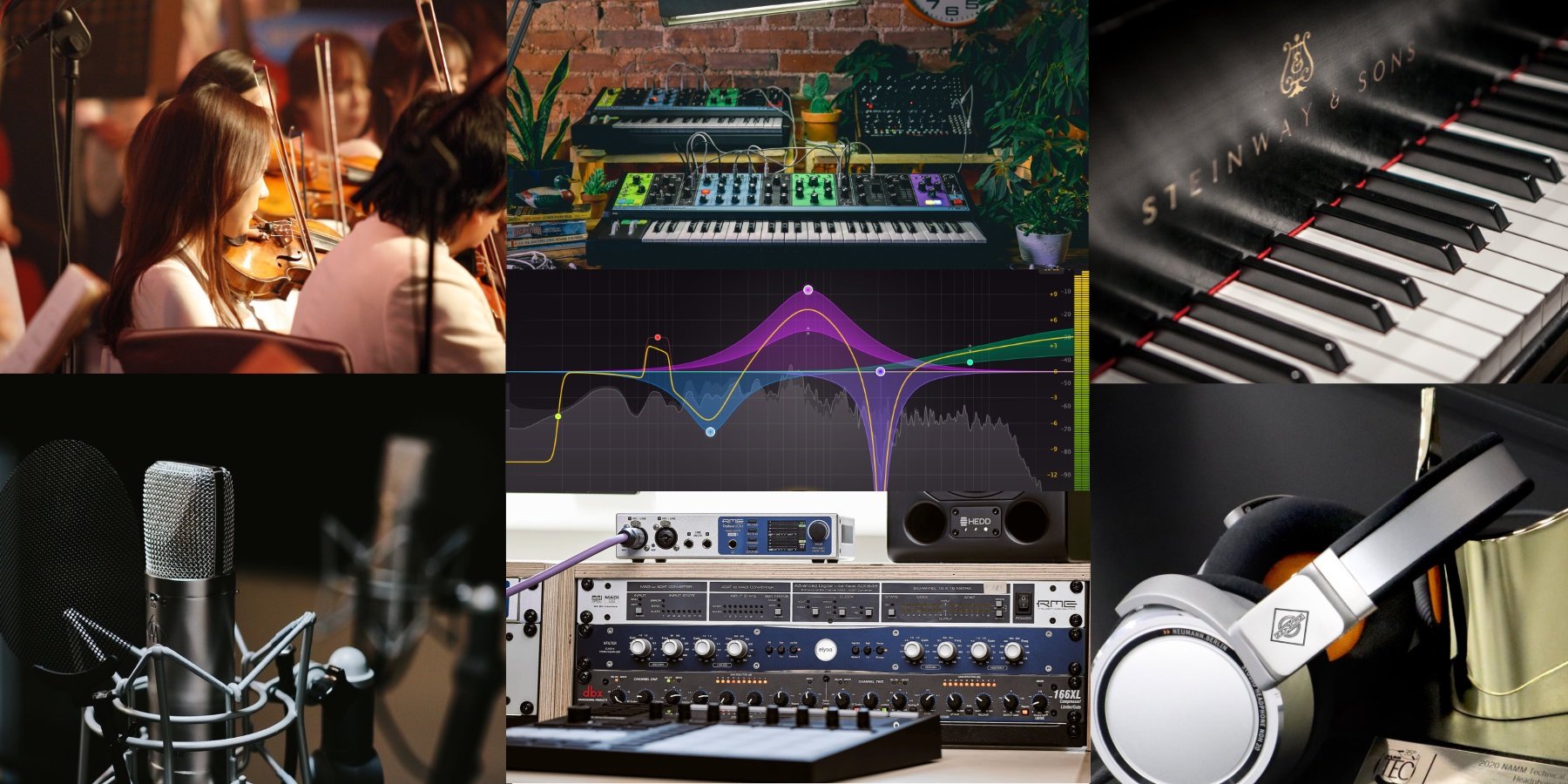
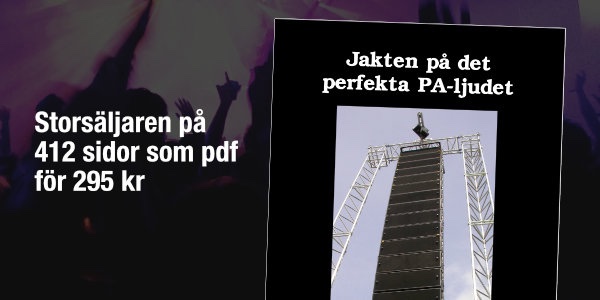
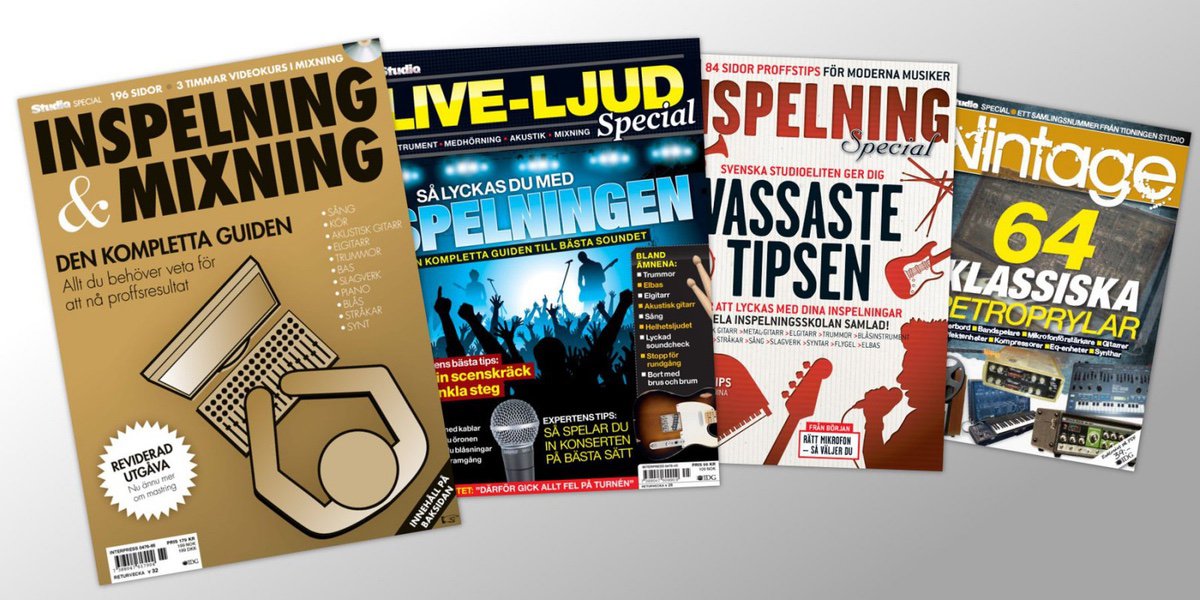
Recommended Comments
Det finns inga kommentarer att visa
Bli medlem (kostnadsfritt) eller logga in för att kommentera
Du behöver vara medlem för att delta i communityn
Bli medlem (kostnadsfritt)
Bli medlem kostnadsfritt i vår community genom att registrera dig. Det är enkelt och kostar inget!
Bli medlem nu (kostnadsfritt)Logga in
Har du redan en inloggning?
Logga in nuLogga in här.